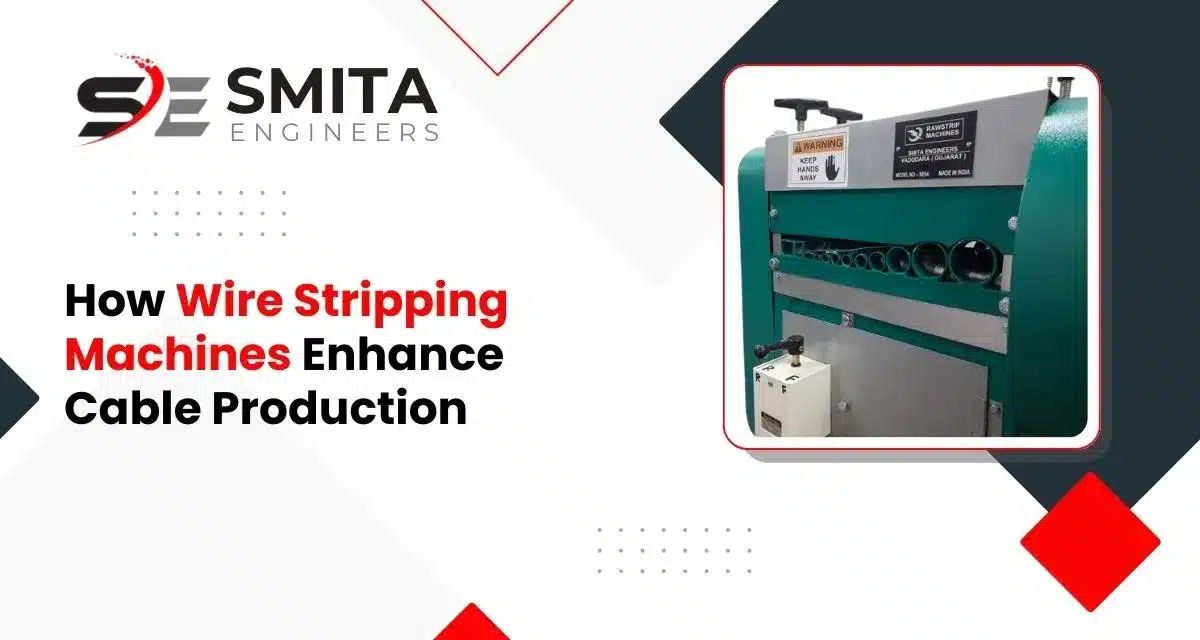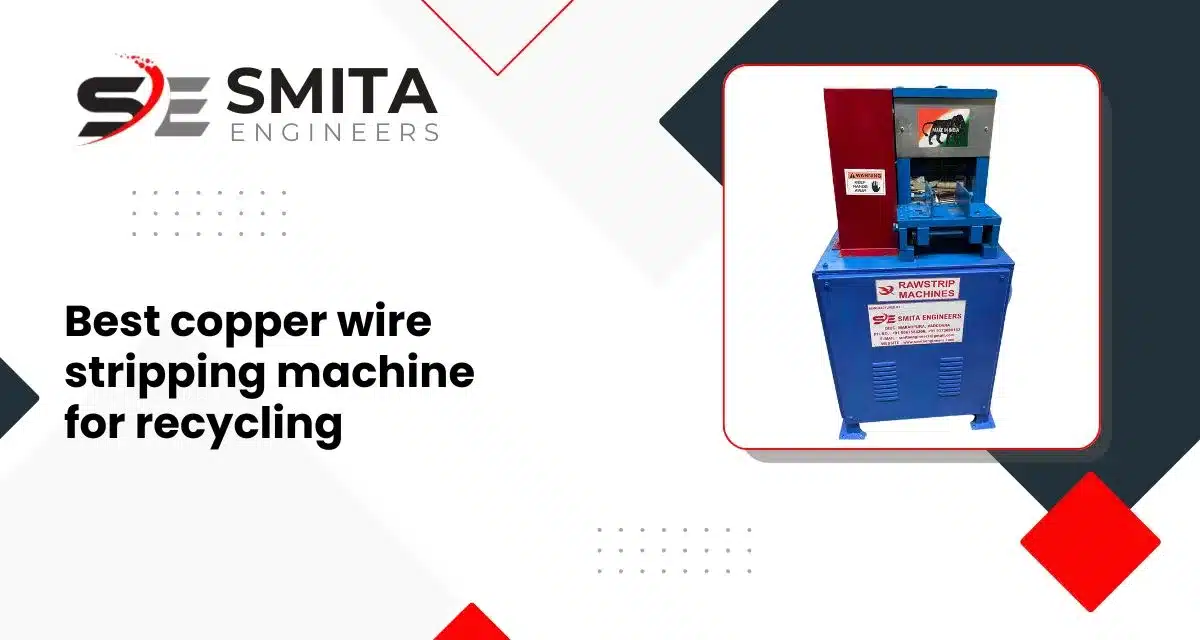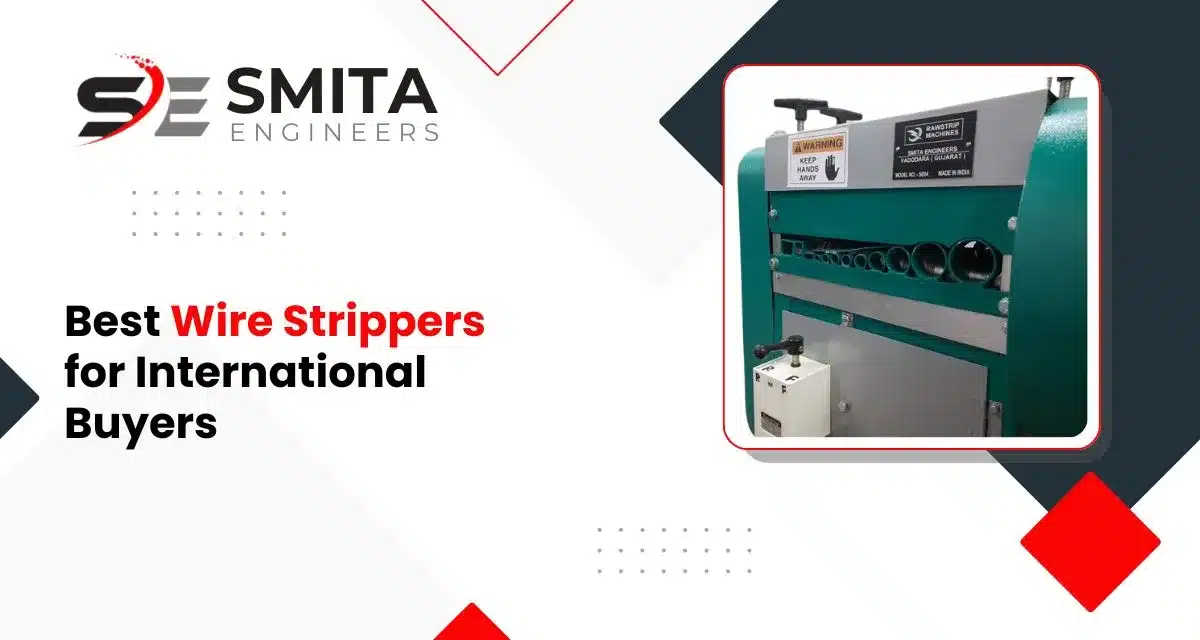Copper wire recycling is a growing industry, and having the right wire stripping machine can…

In the modern cable manufacturing industry, efficiency and precision are key to meeting high production demands. Wire stripping machines play a crucial role in enhancing cable production by automating the process of removing insulation from wires, ensuring accuracy, speed, and consistency. This blog explores how wire stripping machines improve cable production, their benefits, and why they are essential for industries dealing with electrical wiring.
The Role of Wire Stripping Machines in Cable Production
Wire stripping machines are designed to efficiently remove insulation from electrical wires and cables without damaging the conductive core. They are widely used in industries such as telecommunications, automotive, aerospace, and electrical manufacturing, where precision is critical.
Advantages of Using Wire Stripping Machines
Increased Efficiency and Speed
Manual wire stripping is a time-consuming process that requires skilled labor. Wire stripping machines significantly increase production speed by automating the process, allowing manufacturers to meet high-volume demands without compromising quality.
Precision and Consistency
Wire stripping machines ensure uniform stripping with precise cutting depths, eliminating inconsistencies that occur with manual stripping. This accuracy is essential for maintaining the integrity of the wire and preventing damage to the conductor.
Reduced Labor Costs
By automating wire stripping, manufacturers can reduce dependency on manual labor, leading to lower operational costs. Workers can focus on other critical tasks, improving overall productivity.
Enhanced Safety
Manual stripping involves the use of sharp tools, increasing the risk of workplace injuries. Wire stripping machines minimize these risks by offering a safer, automated solution that prevents operator fatigue and accidents.
Versatility for Different Wire Types
Advanced wire stripping machines can handle a variety of wire types, including single-core, multi-core, and coaxial cables. This versatility allows manufacturers to process different wire sizes and materials with ease.
Looking for the best wire stripping solutions? Contact us today to learn more!
Types of Wire Stripping Machines
Manual Wire Strippers
Suitable for small-scale operations, manual wire stripping machines require operator input but provide better control over the stripping process.
Semi-Automatic Wire Stripping Machines
These machines offer a balance between manual operation and automation, making them ideal for medium-scale production.
Fully Automatic Wire Stripping Machines
Designed for high-volume production, these machines offer complete automation, processing multiple wires simultaneously with minimal human intervention.
Frequently Asked Questions
What are the advantages of wire stripping?
Wire stripping ensures clean and precise insulation removal, improving connectivity, reducing errors, and enhancing production efficiency in cable manufacturing.
What is the purpose of stripping a wire?
Stripping a wire removes its insulation to expose the conductive core, enabling proper electrical connections for wiring, soldering, and crimping applications.
What is the use of a cable stripping tool?
A cable stripping tool helps efficiently remove insulation from wires or cables, ensuring precise cuts while preventing damage to the conductor inside.
Are wire stripping machines worth it?
Yes, wire stripping machines enhance productivity, ensure consistency, reduce labour costs, and improve workplace safety, making them a valuable investment for manufacturers.
Conclusion
Wire stripping machines have revolutionized cable production by offering enhanced efficiency, precision, and safety. By automating the wire stripping process, manufacturers can significantly improve productivity and reduce costs. Investing in high-quality wire stripping machines ensures a streamlined production process, making them a vital tool for industries that rely on cable manufacturing.




